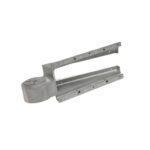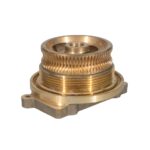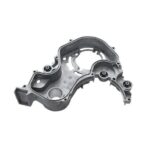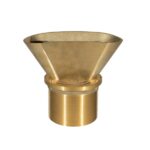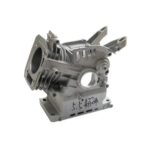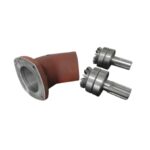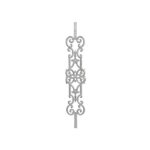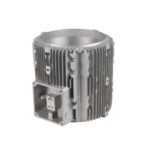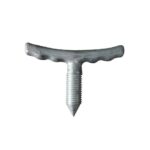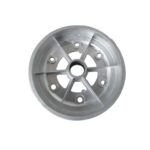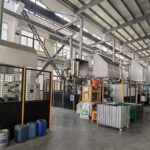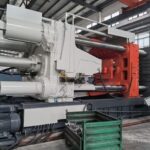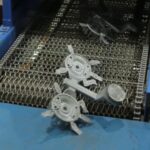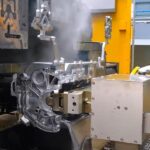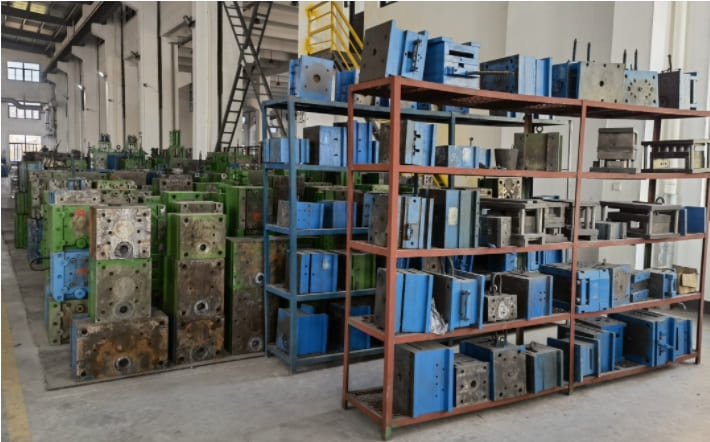
Introduction
In the realm of aluminum die casting, mold design stands as a pivotal factor that directly influences the quality, efficiency, and cost-effectiveness of the final product.
As the demand for high-performance, lightweight, and durable components increases across industries such as automotive, aerospace, and electronics, the need for precision in mold design has never been greater.
The Critical Role of Mold Design in Die Casting
Understanding the Fundamentals
Mold design in aluminum die casting is a sophisticated process that involves the creation of a cavity or mold where molten aluminum is injected under high pressure to form a part.
The quality of the mold determines the accuracy, surface finish, and structural integrity of the cast part.
A well-designed mold reduces the likelihood of defects, minimizes material wastage, and ensures consistent production cycles.
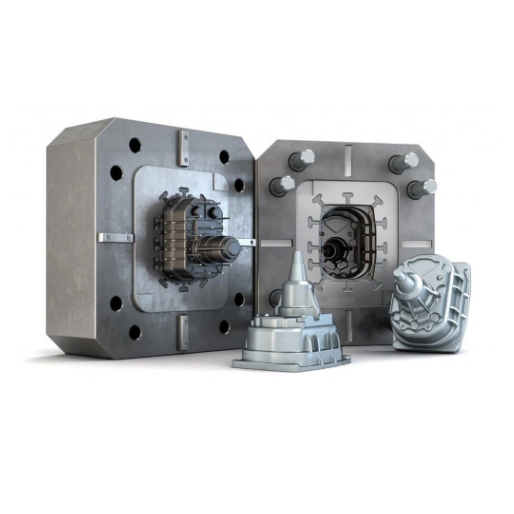
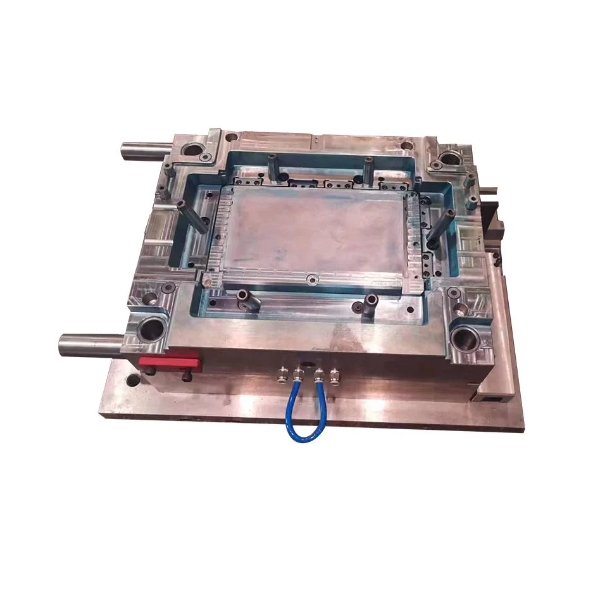
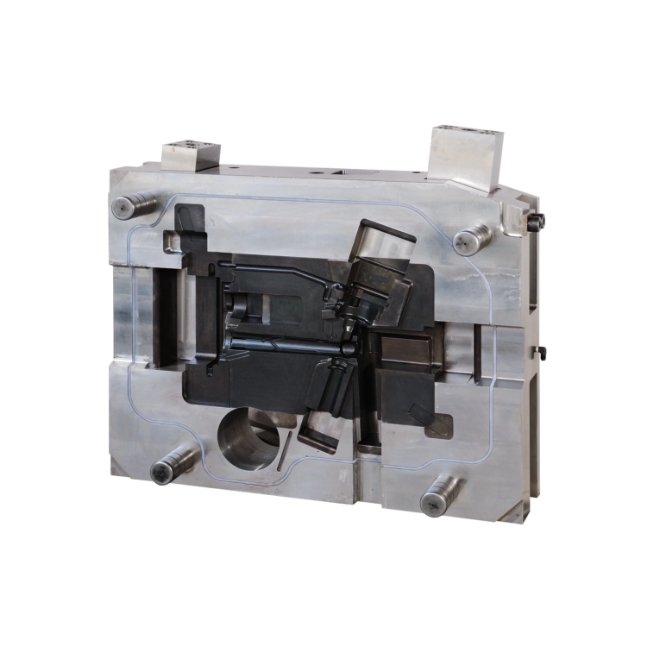
Key Considerations in Mold Design
- Material Selection: The choice of mold material is crucial. High-strength steel alloys are commonly used due to their durability and resistance to thermal fatigue. The material must withstand repeated exposure to molten aluminum and the associated thermal cycles without deforming or degrading.
- Thermal Management: Effective thermal management is essential to control the solidification process of aluminum. The mold design must incorporate cooling channels that allow for uniform temperature distribution, reducing the risk of hot spots and ensuring consistent part quality.
- Parting Line and Ejection System: The parting line, where the two halves of the mold meet, must be strategically placed to facilitate easy removal of the cast part. Additionally, the ejection system, which pushes the part out of the mold, must be designed to avoid damage to the part and ensure smooth operation.
- Gate and Runner Design: The gate and runner system controls the flow of molten aluminum into the mold cavity. Proper design minimizes turbulence and ensures even filling, reducing the likelihood of defects such as porosity or incomplete filling.
- Draft Angles: Incorporating appropriate draft angles in the mold design helps in the easy removal of the cast part from the mold. Insufficient draft can lead to part damage or difficulties during ejection, affecting the overall efficiency of the process.
Advanced Techniques in Aluminum Die Casting Mold Design
Simulation and Analysis
Advanced computer-aided design (CAD) and simulation software have revolutionized mold design.
Engineers can now create virtual models of the mold and simulate the casting process, identifying potential issues before physical molds are manufactured.
This predictive approach allows for optimization of the mold design, reducing trial-and-error, and accelerating the time-to-market.

3D Printing of Prototypes
3D printing has become an invaluable tool in the mold design process. By creating rapid prototypes of molds, engineers can test and validate designs quickly.
This iterative process leads to better final molds, as potential flaws can be identified and corrected early in the development stage.
Precision Machining
Precision machining techniques, such as CNC milling, are employed to create highly accurate molds.
These techniques ensure that every detail of the mold is crafted to exact specifications, reducing the need for post-casting modifications and enhancing the quality of the final product.
Surface Treatment Technologies
Surface treatment of molds, such as nitriding or PVD (Physical Vapor Deposition), enhances their durability and performance.
These treatments reduce wear and tear, increase resistance to corrosion, and improve the overall lifespan of the mold, ensuring consistent production quality over extended periods.

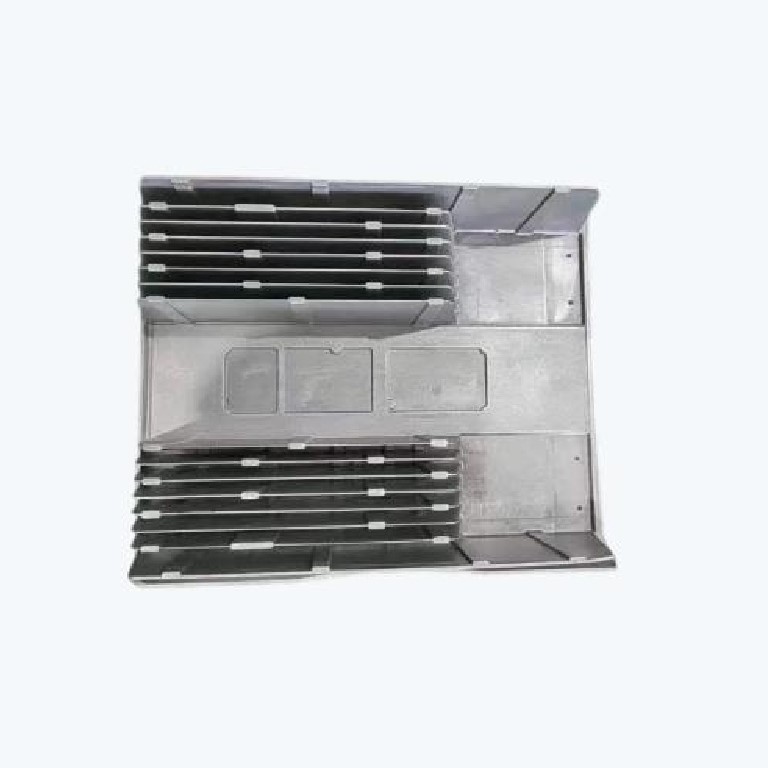
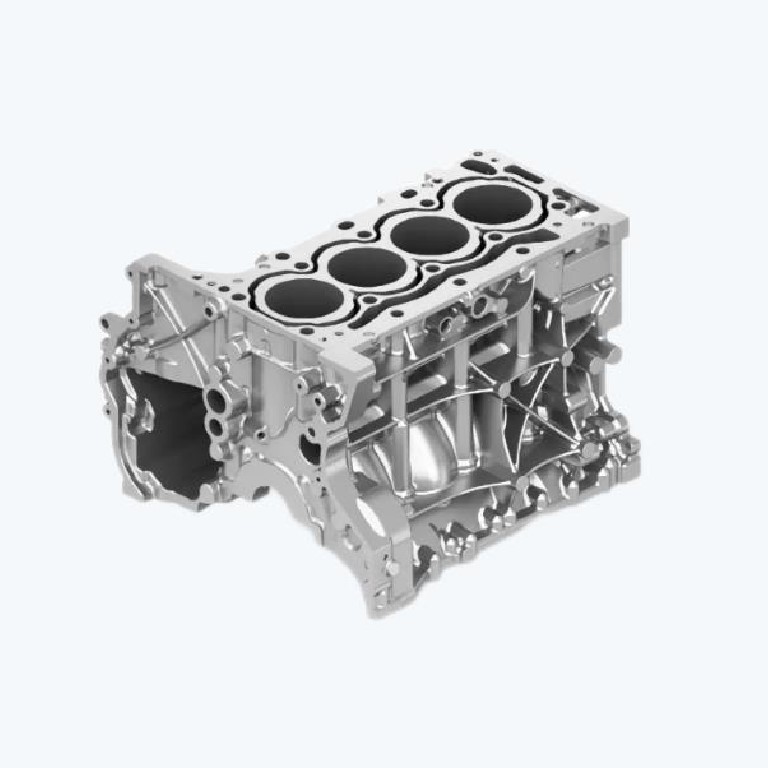
Importance of Maintenance and Quality Control
Regular Maintenance Schedules
Even the best-designed molds require regular maintenance to perform at their peak.
Scheduled maintenance ensures that the mold remains in optimal condition, preventing defects that could arise from wear and tear.
Maintenance practices include cleaning, inspection for wear, and replacement of critical components.
Quality Control Measures
Implementing rigorous quality control measures throughout the die casting process ensures that the mold functions as intended.
Regular inspections and testing of the mold during production can identify issues early, preventing costly defects and production delays.
Conclusion
The future of aluminum die casting lies in the continuous improvement and innovation in mold design, making it a critical area of focus for manufacturers aiming to stay ahead in a rapidly evolving industry.


